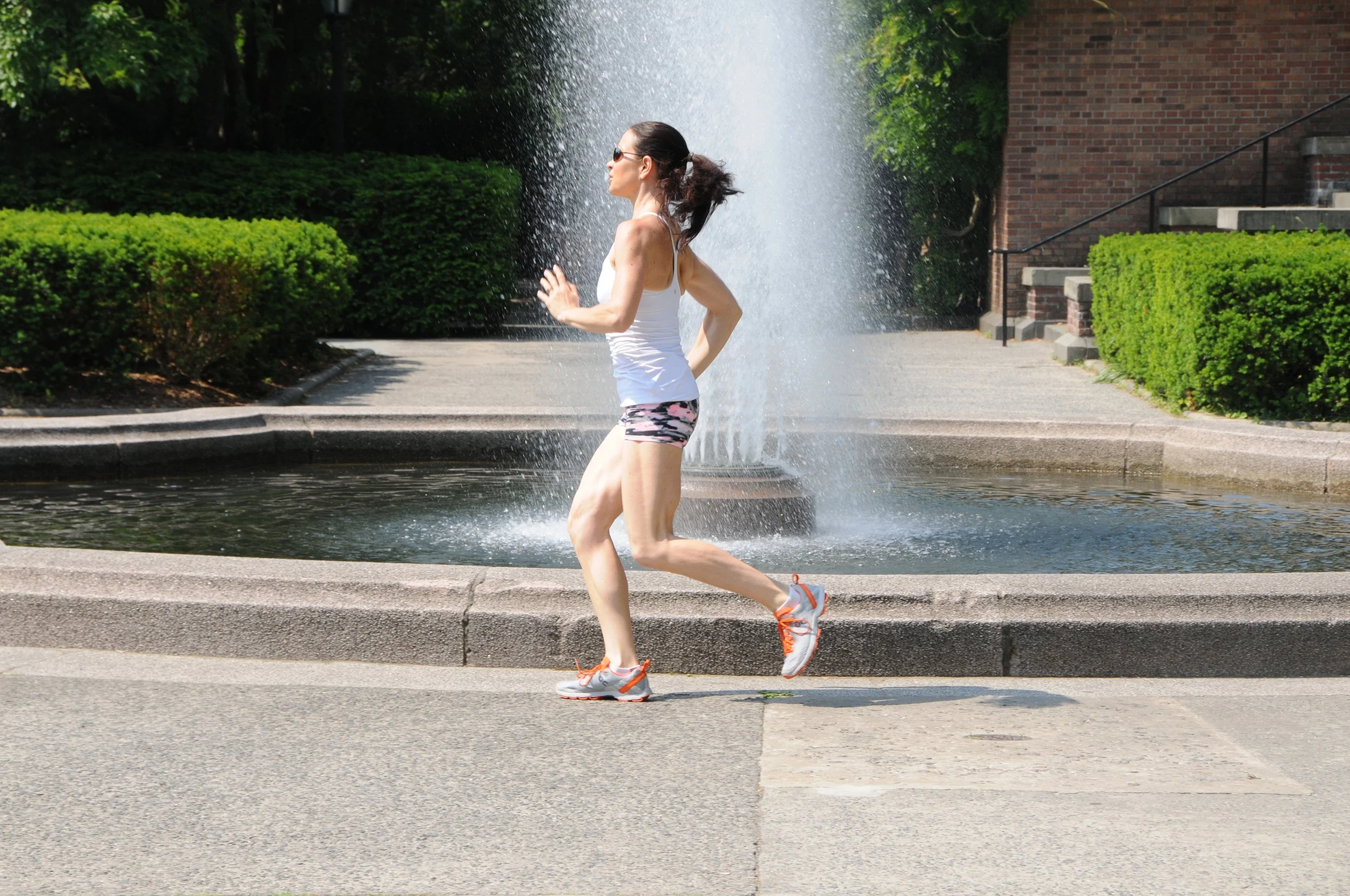How using a heart monitor will make your workouts more effective.
A heart rate monitor can be a powerful tool to help you on your journey to wellness.
I personally use one to help me to more efficient and effective daily workouts.
Let me explain how it works and how it can help you to get a better sense of how to work out in your peak fitness zone for more consistent results.
Personalized Intensity
A heart rate monitor allows us to find the perfect exercise intensity for you. By tracking your heart rate during workouts, we can ensure you're working at the right level to burn calories efficiently and target fat loss.Stay in the Fat Burning Zone
Stay within the fat-burning zone, where your body primarily uses stored fat as fuel. This zone is usually around 70-80% of your maximum heart rate, which we can calculate based on your age and fitness level. More on how to calculate your maximum heart rate in the health tips information below.Avoid Over Training
Going too hard or too fast can lead to burnout or injuries. The heart rate monitor acts as a guide, making sure we don't push you beyond your limits and allowing for gradual progress without risking exhaustion.Monitor Your Progress Over Time
Over time, we'll see how your heart rate responds to different exercises. As your fitness improves, you may notice that you can do more at the same heart rate or that your heart rate decreases for the same exercise, indicating progress. This can also help us to increase the impact of your routines to avoid a plateau.Stay Motivated and Accountable
Seeing your heart rate data during workouts can be motivating. It gives you tangible evidence of your effort and encourages you to push yourself a little more, helping you stay committed to your wellness goals.Optimize Your Workouts
We can design workouts that combine different heart rate zones strategically based on your personal goals. For instance, if your goal is to lose weight, we can alternate between fat-burning and higher-intensity intervals to create efficient and effective sessions and maximize calorie burn.Measure Your Calorie Expenditure
The heart rate monitor can estimate the number of calories burned during exercise more accurately than general activity trackers. This information helps you understand your energy expenditure and make informed choices about nutrition.Track Your Non-Exercise Activity Levels
The heart rate monitor can also be helpful outside of structured workouts. By wearing it during everyday activities, you can get an idea of your overall activity level and find opportunities to be more active throughout the day.
Remember, using a heart rate monitor is about empowering you with information and guidance. It's a supportive tool that enhances your wellness efforts and keeps you on track toward a healthier, fitter, and happier you.
Together, we'll harness the power of this technology to achieve your weight loss goals in a safe and sustainable way.
Let's embark on this journey together! 🏋️♀️💪🌟
Health Tip
How to Calculate Your Maximum Heart Rate
Calculating your maximum heart rate (MHR) using your age and fitness level is a relatively simple process.
The most common method used is the traditional formula:
MHR = 220 - Your Age
For example, if you are 40 years old, your estimated MHR would be:
MHR = 220 - 40 = 180 beats per minute (bpm)
This formula provides a rough estimate of your maximum heart rate based solely on age and is widely used as a starting point for determining target heart rate zones.
However, it's important to note that the traditional formula may not be entirely accurate for everyone, as maximum heart rate can vary based on individual factors such as fitness level and genetics. As a result, there are more personalized formulas and methods available, including ones that take into account resting heart rate or fitness assessments.
If you're looking for a more accurate estimate of your MHR, especially if you have specific health or fitness goals, it's best to consult with a qualified fitness professional or healthcare provider. They can help you perform a fitness assessment and tailor your heart rate zones to your unique needs and capabilities. This personalized approach ensures a safer and more effective fitness experience.




